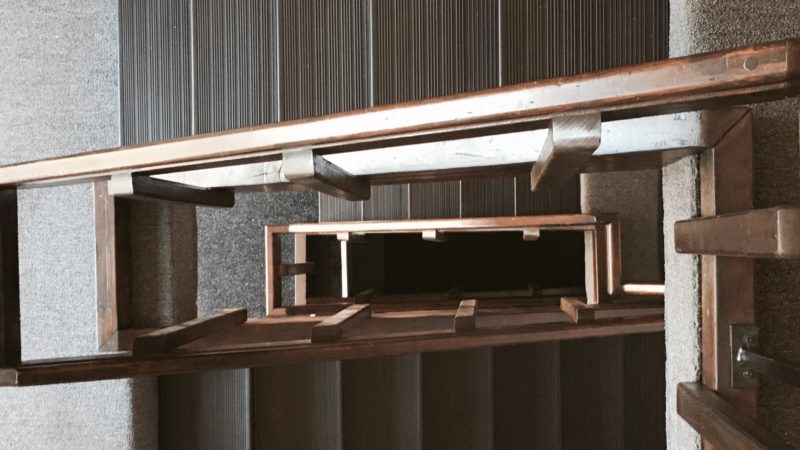According to the National Safety Council, in 2017 there were 2,285 falls on stairs resulting in death. Taking the stairs is an everyday occurrence so we often don’t realize that we should take them with a certain amount of precaution. We’re distracted by cell phones, conversations, and rushing to meetings that we aren’t paying attention to the steps we are taking. It only takes one misstep for an accident to occur.
Have you ever walked up a flight of stairs and got caught on a stair mid-stride? You’re heart skips a beat as you try to regain balance. Although it was most likely a lack of attention on your end, it could have been combined with an irregular step design. Unless you are an architect or a carpenter, step design guidelines aren’t well known or even thought about. Staircases are built with particular rules keeping comfort of stride and safety in mind. Adequate and safe stairways have a proper rise and run, or as the common people know it, “steepness”.
Most do not have control over the design of the stairways in the building they work in. Aside from informing employees about the perils of not paying attention or rushing on the stairs, there are ways for you to minimize dangers.
- Your staircase should be well lit. Shadows and glares can cause missteps resulting in injury. Make sure you have the proper lighting even in the daytime. Immediately replace any bulbs that go out. In the case of a power outage, make sure your staircase has backup power. Use step lighting for areas that are typically kept dark.
- Keep your stairwell clear. Don’t store anything on or near the stairs.
- Make sure that your steps have good traction. Even indoor steps can be subject to moisture from a spill or the weather. Step covers, abrasive tape, or grit coatings can help with traction on the stairs.
- Install proper handrails. Rounded handrails that are 1 ¼ to 2 inches in diameter are considered grippable. If a stairway is wider than 88 inches, center handrails should be installed as well.
- Ensure that the handrails tightly fastened and all stairs are inspected for damage. Keep a regular rotation for inspecting the stairs, handrails, and treads.
